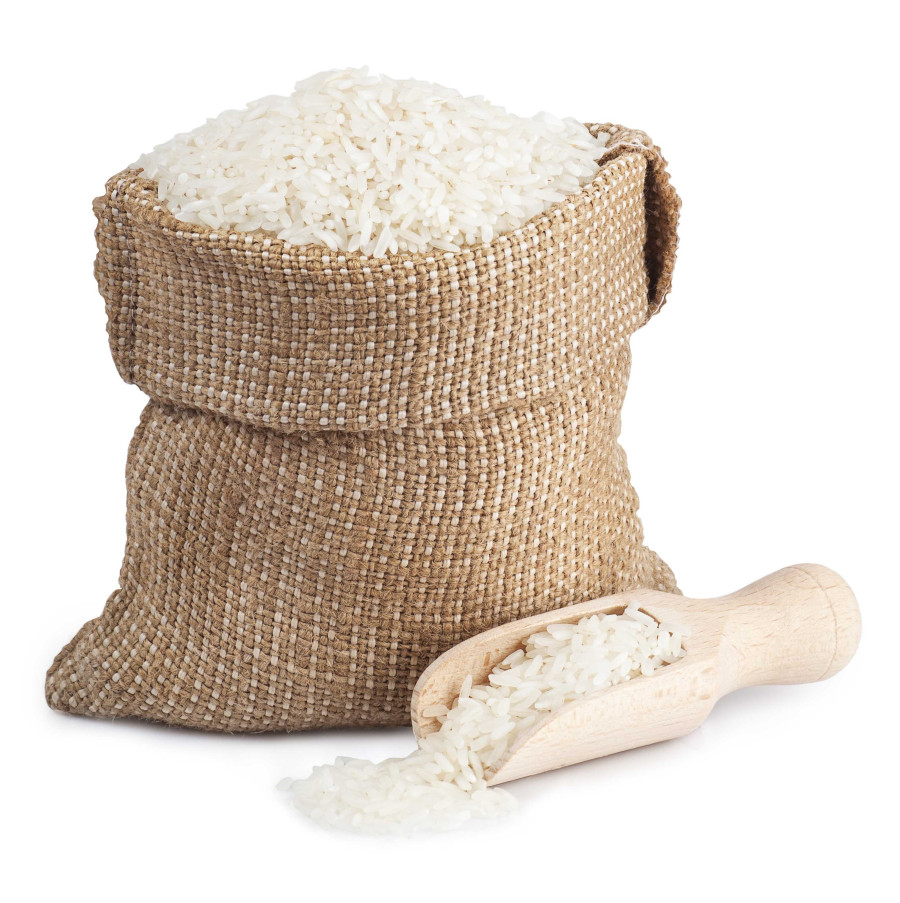Money
The price of rice continues to increase and cartelling is partly to blame, observers say
As a result of poor governance and political instability, opportunists are hiking the price of the Nepali staple for which the country is dependent on imports.
Krishana Prasain
The price of rice has been increasing month-on-month in Nepal, a country that heavily depends on import of fine rice varieties.
The price of jeera masino rice, the most consumed rice, has increased by Rs200 per 25 kg bag within a few weeks, said the consumer right activists.
This hike in prices, which has been continuously increasing after Dashain, could add stress to a majority of the country’s population that consumes white rice daily. But why the prices have increased has left traders and insiders perplexed, as they say there is currently a balance in demand and supply in the country, particularly as many public gathering events and hotels and restaurants not operating full fledgedly yet.
“In Nepal, the supply is controlled by a handful of people even in the case of importing food grains like rice, leading to unfair trade practices such as artificially increasing the price, hoarding, black marketing, anti-competitive practices,” Purushottam Ojha, former commerce secretary told the Post.
“Such traders pollute the market in order to increase the price resulting in a price hike. This should be tackled by the government through appropriate regulation and inspection,” he said.
But the government does not have demand, supply and consumption records, nor has it conducted any studies on rice imports. Due to this very reason, traders can increase the price under any pretext, say consumer rights activists, who have for long been saying that the market has been directed towards an uncontrolled price system due to the inefficiency of the government.
“When the government is weak and when there is political instability, opportunist traders become active in such turbulence of time by hiking the price,” said Ojha.
Madhav Timalsina, president of the Consumer Rights Investigation Forum, said that domestic traders have hiked the price of jeera masino, which used to cost Rs1,425 per bag a few weeks ago and now costs Rs1,600, because India, which is the world’s biggest rice exporter, increased its exports to Bangladesh, creating a deficit in Nepal. Under a bilateral deal, India has pledged to supply the flood-ravaged nation 500,000 tonnes of rice in three years.
“On the basis of the given pretext with a hike in Indian rice price, the domestic traders and manufacturers increased the price. But there is no scientific reason to increase the price, as Nepal’s own paddy production was good this year,” he told the Post.
Nepal’s paddy production reached a record high for the fourth straight year due to good monsoon rains and an abundant supply of farmhands, even though a severe shortage of chemical fertiliser during transplantation and top dressing caused distress among farmers.
As per the Ministry of Agriculture and Livestock Development, paddy output totalled 5.62 million tonnes, up 1.28 percent from the 2019 harvest.
As the prices of everyday goods have become dearer, including vegetables, meat items, other food grains and construction materials, the traders have cashed in on the opportunity and increased the price of rice, Timalsina added.
“The consumption is slow and supply is sufficient,” he said. “The price is supposed to decline in the given condition but it is not happening.”
A lack of coordination between the Ministry of Industry, Commerce and Supplies and Ministry of Agriculture and Livestock Development for keeping the data and regulating the market has benefited the traders, Timalsina said.
Traders have been saying that the price of rice overall has increased by Rs3 to Rs7 per kg, he said. Retailers too say that the price has not increased more than Rs100 per bag depending on the brand.
Raj Kumar Shrestha, president of Retailers Association of Nepal, said that the price of local rice has not increased after the price increased from Rs50 to Rs100 per kg around a month ago. But the Indian price has impacted prices, he said.
Indian media reported that it plans to use a deepwater port to export rice for the first time in a decade amid a global shortage of the grain. More shipments from the world’s biggest rice exporter could cool global price, said the report. “India's rice exports this year could rise to a record 16 million to 17 million tonnes from last year's 14.2 million tonnes.
The Indian government also thinks rice exports, excluding the premium basmati variety, could rise by 2 million to 3 million tonnes this year,” the report said.
Ojha said that the import of rice and other food grain is expected to increase in coming years unless the government implements programmes that benefit agricultural production.
“The government is not focused on increasing the production. In addition, the country’s political instability will also have an impact, as investment needs to be made in this sector and that is not happening. The government does not have a clear policy on it,” he said.
The Agriculture Development Strategy, 2015, a national 20-year strategy, was introduced in 2016 with an objective to increase the production of rice, among other products, but its implementation part remained weak, he said.
Though the agricultural policy of the country is centred on self-sufficiency and is export-oriented, the reality is that the country remains more import oriented, he said.
Remittance is funding the imported goods, along with customs duty and other charges, and all of it contributes to government revenue, he added.
“Providing subsidy to the farmers increases the government expenses and importing increases the government revenue. The government is failing to increase the domestic production and is instead boosting import looking at short-term gains,” he said.
According to Ojha, paddy production in the 2030s (1970s) was sufficient and the country used to export rice to India, Bangladesh, and Myanmar.
Thus, lack of human resources, lack of government subsidies, and lack of farmer-friendly policies deeply impacted paddy production in the country, forcing the country eventually to import rice from India.
According to the Department of Customs, the country imported rice worth Rs16.69 billion mainly from India in the first six months of the current fiscal year while the import stood at Rs15.3 billion in the same time period, last fiscal year.
This article has been updated for clarity.




 8.12°C Kathmandu
8.12°C Kathmandu














